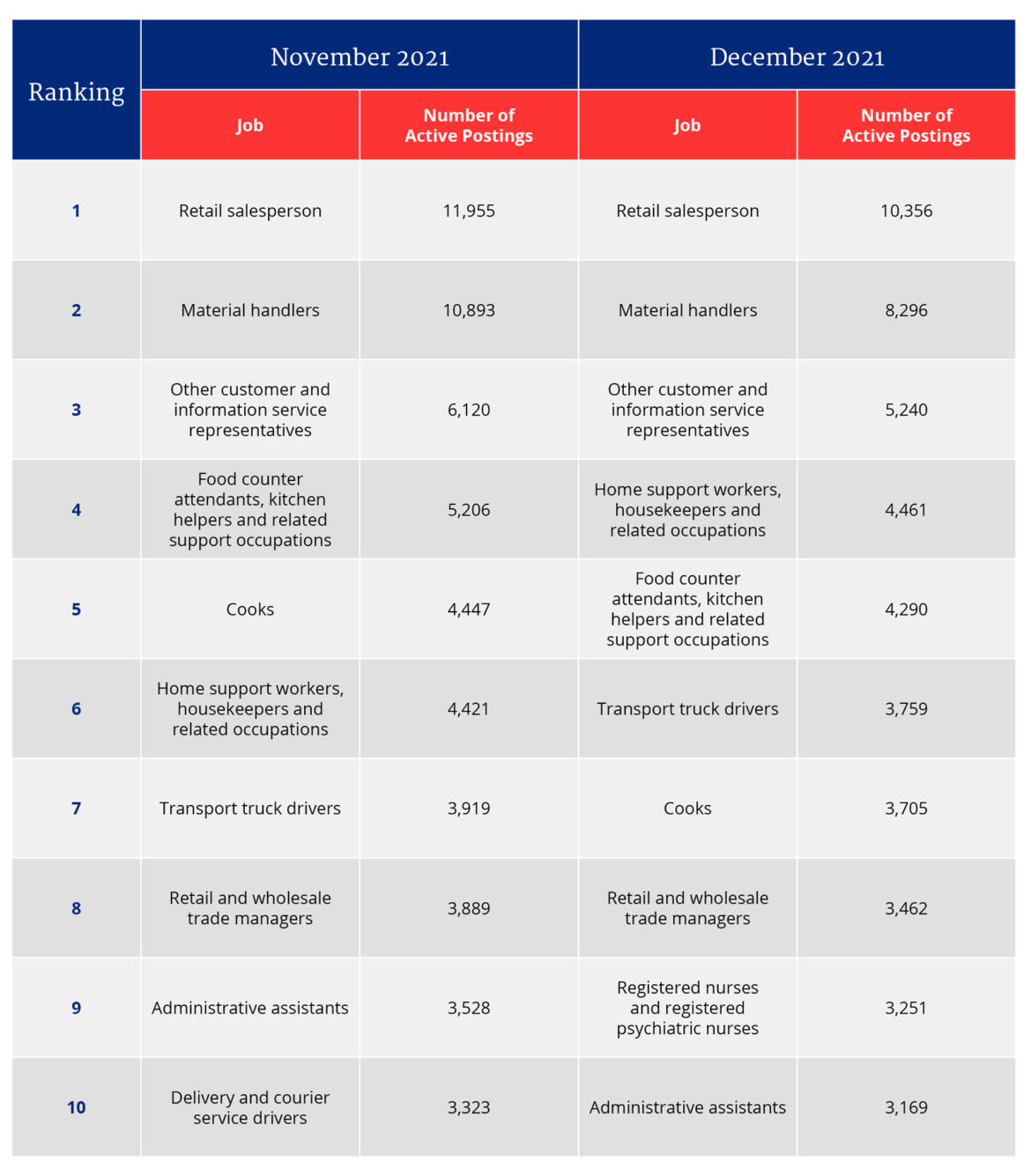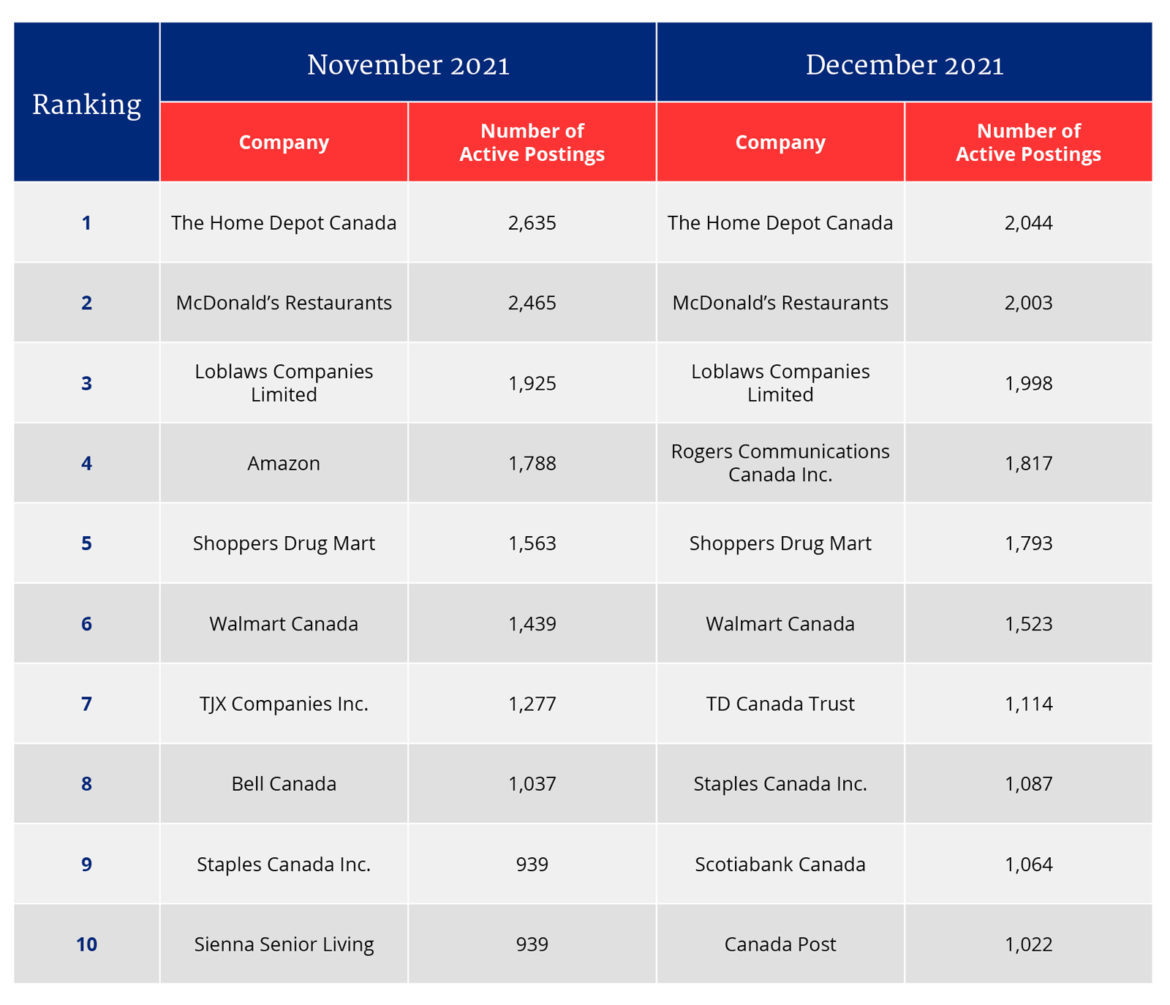2022 marks a major milestone for Canada: the 40th anniversary of the Constitution Act, 1982. This statute, which took effect on April 17, 1982, secured three major milestones for Canada.
First, it transferred full care and control over the Canadian Constitution from the United Kingdom to Canada. Second, it adopted a set of rules by which Canada could amend its Constitution. Third, it embedded a bill of rights, the Canadian Charter of Rights and Freedoms, into the Constitution. Barry Strayer, an esteemed Canadian jurist and one of the architects of the changes to our Constitution in 1982, aptly called this moment a constitutional revolution.
To mark this anniversary, I propose to make a whistle-stop journey through Canada’s constitutional history. This journey, which will finish in April to coincide with the anniversary of the Constitution Act, 1982, will have four stops: our constitutional landscape before 1982, how 1982 came about, the story after 1982, and the future of the Canadian Constitution.
The 40th anniversary of Canada’s constitutional revolution is an ideal moment to undertake what is a worthy endeavour at any time. In a society ruled by law, the portion of our law that governs all state action is of fundamental significance. The Constitution creates and sustains the basic features of Canadian society. It shapes our daily lives far more than we appreciate.
We only stand to benefit by deepening our knowledge of our Constitution. In doing so we will surely deepen our knowledge of Canada—a country that, though imperfect, merits affection and admiration. One might even say that, by learning about the law that constitutes Canada, we will grow in “true patriot love” for this remarkable country.
Part I: A Mari Usque Ad Mare
Owing to our British constitutional heritage, Canada’s constitutional story begins long before a group of British colonies unified in 1867. The Royal Proclamation of 1763, the Bill of Rights of 1689, and the Magna Carta of 1215, for example, all form part of our constitutional blueprint.
But the rubber certainly hit the road in the 1860s when two fateful meetings of colonial leaders in what was then known as British North America—more specifically, representatives from the Maritimes and the lands that would later be known as Ontario and Quebec—gathered to discuss the prospect of unification. The conferences in Charlottetown and Quebec City in 1864 would generate the momentum that would crystallize in the birth of Canada, an event that we call Confederation, three years later.
The agreement that emerged from the conferences, the 72 Resolutions, would in 1866 be taken to London for deliberations between the colonial delegates and British officials. After ironing out the details and receiving the Crown’s stamp of approval, colonial delegates—individuals who would later be known as Fathers of Confederation—worked with Henry Herbert, the Colonial Secretary, to transform the 72 Resolutions into legislation that would give effect to Confederation.
(Herbert, who also happened to be the 4th Earl of Carnarvon, welcomed members of the colonial delegation to his residence, Highclere Castle, to conduct aspects of this work. Today, many of us know Highclere Castle as the setting for Downton Abbey.)
This work culminated in the passage of the British North America Act, 1867 by the Parliament of the United Kingdom. The statute, commonly called the BNA Act, received royal assent on March 29, 1867, and took effect on July 1: the first Canada Day. The BNA Act created the “Dominion” of Canada by unifying Quebec, Ontario, Nova Scotia, and New Brunswick.
Drafters of the BNA Act also considered calling Canada a “Kingdom”, but this idea failed to gain traction because of concerns over how the United States might react given its distaste for monarchy. Sir Samuel Leonard Tilley, another Father of Confederation, is credited with proposing “Dominion”. He drew inspiration from Psalm 72: “He shall have dominion also from sea to sea, and from the river to the ends of the earth.” A portion of this verse, in Latin, would become the national motto of Canada: A mari usque ad mare (“from sea to sea”).
The BNA Act stipulated that Canada would be a federal state animated by the Westminster parliamentary system and subject to the British monarch. Canada, the BNA Act declared, would have a Constitution “similar in Principle to that of the United Kingdom”.
This phrase is generally understood to mean that Canada would be governed by the same basic constitutional norms, customs, and conventions that governed the United Kingdom. And the bedrock of the British Constitution is the concept of parliamentary sovereignty, the principle that Parliament can make and unmake any law as it sees fit. To the extent that this rule could operate in harmony with the strictures of the text of the BNA Act, it and any other core ingredient of the British Constitution would infuse the Canadian Constitution.
The BNA Act also delineates the legislative jurisdiction of Canada’s federal and provincial governments. To the federal government, the statute granted legislative jurisdiction over issues of national concern such as citizenship and national defence. This part of the BNA Act features what is arguably Canada’s constitutional calling card: the federal government may make laws for “Peace, Order, and good Government”. The provinces, meanwhile, are granted exclusive jurisdiction by the BNA Act to legislate in respect of regional and local considerations such as education and municipalities. The BNA Act does not grant certain matters in their entirety to either level of government. Health care, for example, is an area of shared jurisdiction.
The BNA Act foresaw the entry of other members to Canada. Manitoba and the Northwest Territories joined in 1870, followed by British Columbia in 1871 and Prince Edward Island in 1873. Yukon entered in 1898, while Alberta and Saskatchewan joined in 1905. Newfoundland and Labrador came on board in 1949. Nunavut, the latest addition, entered the fold in 1999.
The BNA Act remained the centerpiece of the Canadian Constitution for 115 years until Canada’s constitutional revolution of 1982. It also remained in the hands of the United Kingdom until that year. Between 1867 and 1982, nineteen statutes were enacted to amend the BNA Act and thus the Canadian Constitution. These statutes, among other changes to the Constitution, altered the makeup of the Senate and House of Commons, afforded the federal government jurisdiction over unemployment insurance, and granted certain provinces greater control over the natural resources within their boundaries.
Most of these statutes were enacted by the United Kingdom because the BNA Act, which is a British law, could only be amended by the British Parliament. But in 1949, the United Kingdom granted the federal government a limited power to amend the BNA Act. Due to this partial patriation of the Canadian Constitution, a handful of the nineteen amending statutes were enacted by the Parliament of Canada rather than the British Parliament.
Between the constitutional milestones of 1867 and 1982, one more year deserves to be mentioned in this brief tour of Canada’s early constitutional architecture. In 1931, the United Kingdom enacted the Statute of Westminster. This statute revised the relationship between the United Kingdom and several members of the nascent Commonwealth—Canada, Australia, New Zealand, South Africa, the Irish Free State, and Newfoundland—in the direction of greater independence for these countries. In the case of Canada, the Statute of Westminster declared that the United Kingdom would, from that moment on, only amend the BNA Act—in other words, the Canadian Constitution—if Canada asked for an amendment to be made.
Why did the Statute of Westminster not go one step further and declare that only Canada could amend the Canadian Constitution moving forward? Simply put, the federal and provincial governments could not agree on what the rules for amending the Constitution should be. The inability to achieve agreement on a constitutional amending formula would remain a stumbling block to bringing the Constitution home for another half-century, until a breakthrough in 1981.
The foregoing is far from a comprehensive journey through Canada’s constitutional story prior to 1982. Books have been written on various individual aspects of what is described above. But this discussion should provide sufficient context to appreciate the next part of this series, which will explore the path that led to the importation of our Constitution from the United Kingdom with an amending formula and a bill of rights—in short, the road to 1982.
Recommended for You

Ginny Roth: J.D. Vance, Pierre Poilievre, and how they slice their economic pie

David Polansky: As President Biden leaves the race, will the Democratic Party hodgepodge hold?

RCMP spending to protect MPs may have risen 112% since 2018, as Canadian politicians face greater rise in threats

Trevor Tombe: Canadians are paying billions in hidden taxes on new homes











